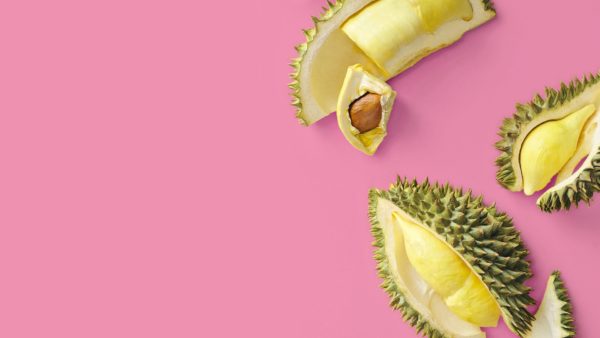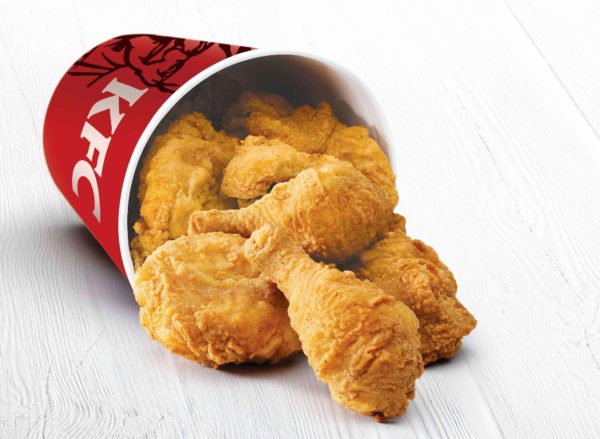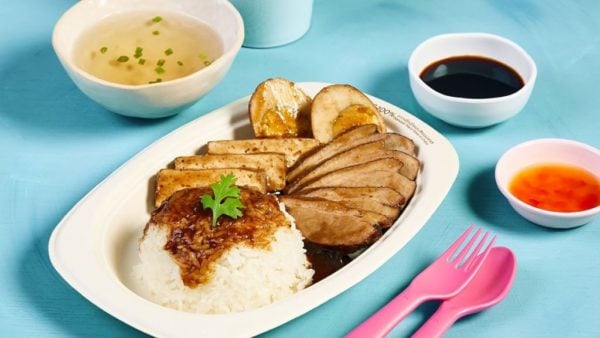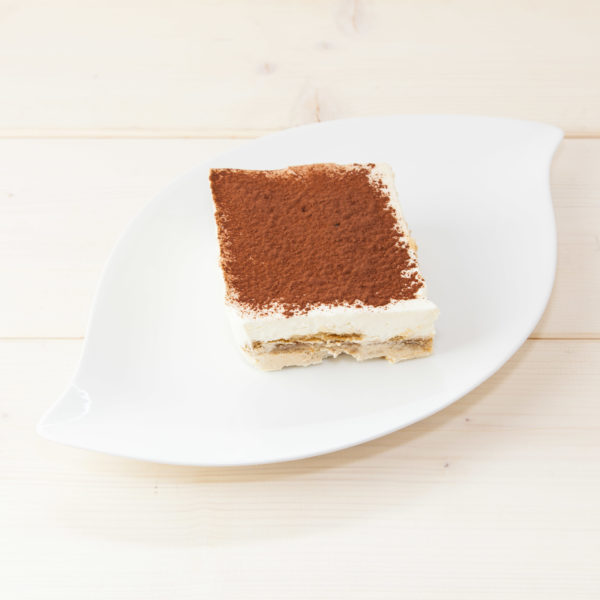I’m sure by now we have fully grasp the concept that a healthy body is pretty much 70% diet with 30% exercise and cutting out all the unhealthy junk food is the first step to fat loss. However, what we may not know is that some of the healthy foods that we’ve swapped in to replace that unhealthy junk food are exactly what’s keeping those pesky numbers on our weighing scales. So, here are 5 pesky diet saboteurs commonly labelled ‘healthy’.
Spoiler alert: This one might break your heart.
1 Fruit Juices
We all know that those sugar laden fizzy drinks are bad for us. But fruit juices too? I’m not even talking about those cartons of fruit juice made from concentrate, loaded with added sugars and preservatives, but those freshly squeezed from real fresh fruits, too. The whole idea here is a problem with portion control. Let’s take an example from a glass of freshly squeezed orange juice:
How many fresh oranges do you think you’ll need to get a decent glass full of the sweet-soury goodness? A good 4 to 6 oranges, I’ll say. And who, in their right sense of mind, would wolf down 6 oranges at one go? Well, I doubt anybody would. Bear in mind that fruits, albeit healthy, do contain a fair amount of fructose, which has been linked to increased belly fat, slowed metabolism and overall weight gain in some research studies.
2 Granola / Energy Bars
Typically marketed as the healthy snacks, slapped with labels like, ‘all-natural’ or ‘organic’, you’ll be greatly disappointed to find out that granola and energy bars aren’t as diet-friendly as the manufacturers crack them up to be. Made up of oats, nuts, puffed rice, sweeteners and baked or fried till crisp, these sweetened, processed snacks are as evil as the supervillain in the healthy snacks’ world.
3 Whole wheat Bread
I guess the ‘myth’ of how whole wheat bread is healthier than white bread stems from the confusion between whole-wheat and whole-grain. If you’ve been spending more money getting the whole-wheat bread, thinking that it’s a source of clean carbohydrates and a much healthier alternative compared to the standard white bread due to lower Glycemic Index (GI), you’ll be surprised to know that there’s not much difference between the GI of white bread and whole-wheat bread, meaning both kinds of bread give you the same blood glucose spike upon digestion, which means higher insulin levels.
This is definitely bad news if you’re glucose-intolerant and thought whole-wheat bread is a healthier option. In addition, studies has shown that the increase in insulin has been related to increased fatness in tested individuals, for insulin is the body’s main anabolic hormone, which helps to increase glycogen stores, protein stores and fat stores. If low GI is what you’re seeking, you’ll be better off with whole-grain bread or sprouted-grain bread, in which studies have shown to give even better glycemic response in obese individuals.
4 Oatmeal
Yes, oatmeal. Oatmeals are one of the diet superfoods, packed with soluble fibre, nutrients, a relatively low GI and helps us feel full longer. Beta-glucan, the specific type of soluble fibre found in oats, has been linked to various health benefits in research studies, including lowering of LDL cholesterols. However, not all oatmeals are equally good for our health, and I’m talking about those quick-cook or instant, flavoured oats.
The load of added sugar in flavoured oats aside, having them cooked instantly or within a minute as compared to a good 20 to 30 minutes for the old fashioned or steel-cut oats means that the former is a much more processed form of the oat groat, which simply means a higher GI. For example, 250g of regular oatmeal has a GI of 58 (low GI) while the same bowl of instant oatmeal has a GI of 83 (high GI).
5 Yogurts / Yogurt Drinks
Yes, this broke my heart really badly. But similar to the case of oatmeals, not all yogurts are bad. There are plenty of yogurts that are high in protein, calcium, probiotics, low in added sugar and free of unnecessary additives, thus giving us tons of health benefits ranging from losing belly fat to preventing high blood pressure.
However, there are just as many, if not more, yogurts that have as much added sugar as a can of fizzy drink or a scoop of ice cream, along with a long list of ingredients one would hardly recognise as food. And sorry to say, but it’s these diet-unfriendly heavily sweetened yogurts which are the ones we tend to reach out for most of the time, for all the added sugar is what makes them so palatable.
A Civil Engineer in the day and a glutton who runs an online website sharing some humble opinions related to food and beauty by night time, with the motto of “exercise to keep fit, so as to eat more!” I love food, and has a weak spot for desserts! The good thing is that I love my gym time as much, keeping me balanced on my weighing scale.












